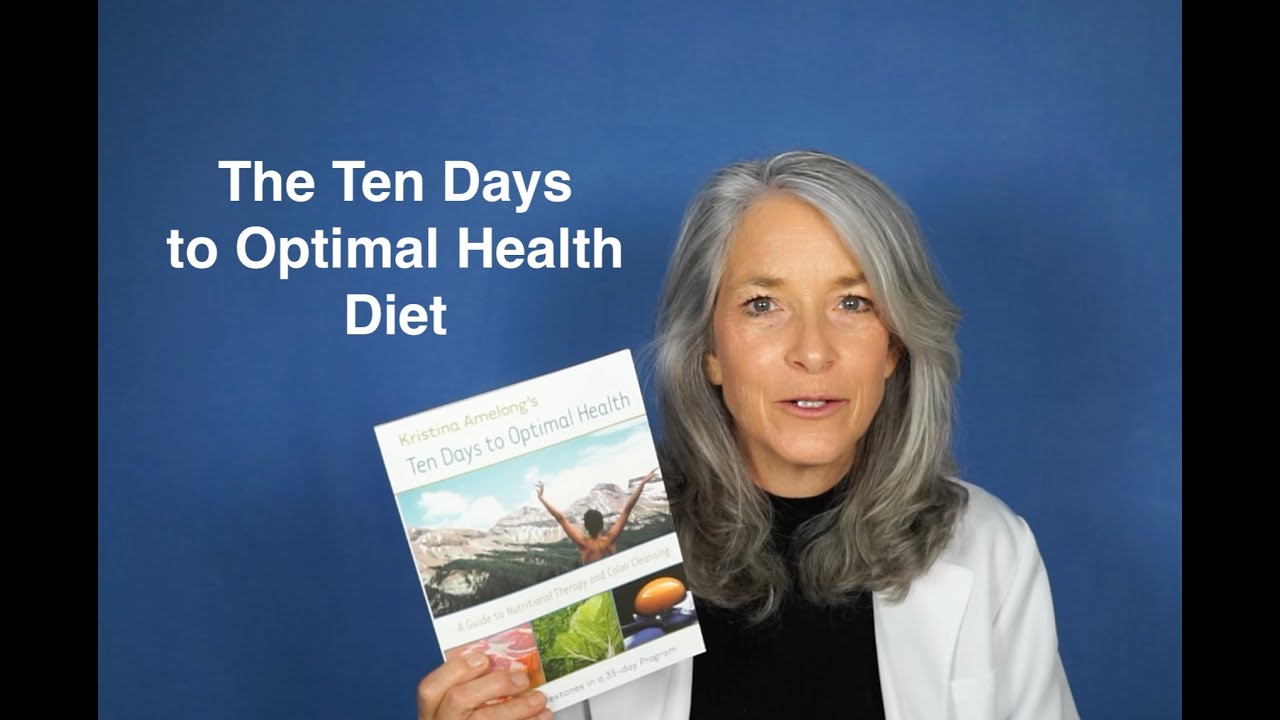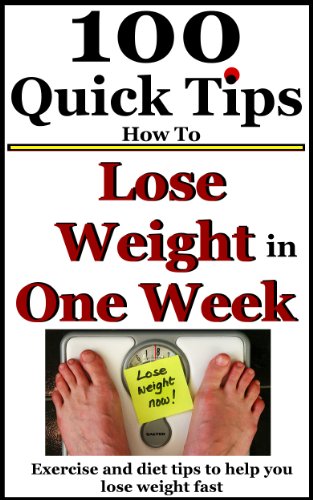
Meals under 300 calories are a great way to reach your weight loss goals. These recipes will allow you to reduce fat, carbs, calories and still enjoy delicious meals that taste great.
Under 500 Calories
If you're trying to get fit and stay healthy, it can be difficult to find meals that are low in calories and high in flavor. These delicious recipes will satisfy your hunger pangs, keep you full longer, and help you shed unwanted weight.
Skinny Meals Under 300 Calories
These low-calorie, delicious recipes are great for anyone looking to lose weight, or simply to eat healthier, without having to sacrifice the food they love. These recipes are packed with protein and nutrients that will keep you energized while keeping you at your target weight.
Breakfast Meals Under 300 Calories
These delicious and easy to prepare lemon poppyseed pancakes are the ideal way to kickstart your day. They are high in fiber and vitamins, which will keep you full until the end of the day.

Lunch Meals Less Than 300 Calories
These stuffed peppers are another great lunch idea that's easy to make and can be customized to your tastes. They are also loaded with vegetables, which is a great way for you to consume more nutrients and cut down on calories.
Dinner Meals Under 300 Calories
These oven baked chicken breast fillets are the perfect option for those who want to trim their waistlines. They're easy to make and come together in less than 30 minutes. They make a wonderful addition to your weekly menu plan.
Turkey Meatloaf Under 400 Calories
This turkey meatloaf recipe is sure to please if you are a big fan. It is simple to prepare and offers a variety of savory flavor options that will keep your loved ones coming back for more.
If you want to spice it up, you can add different toppings and spices. This is a fantastic low calorie recipe that's bound to become a favorite in your house.
Foods Under 50 Calories
If you're craving a chocolate fix, these salty-sweet, chocolate dunked rice cakes are the way to go! They're so incredibly easy to make, and only 50 calories each.

They're a delicious treat that's sweet enough to satisfy a sweet tooth, but not too sweet. This snack is low in calories, high in fiber, and loaded with antioxidants to give you a dose of Vitamin C, which helps your body burn fat.
These are just a few of the many meals under 300 calories that you can try. Please share any other low-calorie recipes in the comments. We are always on the lookout for healthy, easy-to-make recipes to expand our repertoire. If you liked this article, please share it with friends on social media.
FAQ
Which diet is best to lose weight?
To lose weight, eat less calories per day than you burn. This means that you eat smaller portions throughout the day.
Cut down on added sugars, fats, and calories to lower your calorie intake. Healthy foods like fruits, vegetables, whole grains, low fat dairy products, nuts beans, seeds and fish can help you reach your goals.
A healthy diet can prevent cardiovascular disease, type 2 diabetes and osteoporosis.
You can add vitamins D, magnesium, zinc and probiotics to ensure you get enough nutrients.
Intermittent fasting, which is the most effective way to lose weight quickly, is one of the best diets. Intermittent fasting allows you to eat only during certain hours of the day.
People who follow this method typically eat five meals per week, with one meal at night. The rest of the meals are spread across the day.
Because their bodies aren't used to eating this little, many people find it makes them feel less hungry.
What is the best strategy to lose weight and maintain it?
Weight loss and weight maintenance strategies are very similar if we look at them closely though there are differences.
Weight loss refers to losing weight more than it does about maintaining that weight.
The main difference is that you lose weight to lose weight. But, maintaining your weight is what you want.
Both require discipline and commitment. Weight loss requires more effort as you have to do something. Weight maintenance, however, is simpler. It is important to be disciplined.
Both cases require that you exercise and eat healthy foods.
To lose weight, you must change your eating habits. You also need to exercise regularly.
Weight maintenance is simpler because it requires discipline. Regular exercise and healthy eating are essential to maintain weight.
Which one should you choose? The best way to decide is by taking into account your current lifestyle.
If you eat fast food now and then and exercise sporadically, you might benefit more from weight loss.
Maintaining your weight can be more rewarding if you eat healthy meals and exercise frequently.
It comes down ultimately to personal preference.
It's important for you to remember that losing weight does NOT necessarily mean being slimmer.
Losing weight can make your life easier and more enjoyable.
To lose weight, you need to change your eating habits and exercise regularly.
You'll get results faster than you ever thought possible.
What is a good 30 day diet?
It is the fastest way to lose weight quickly by eating three meals per week. Each meal is approximately 2000 calories. These meals should contain protein, carbohydrates, as well as fat. Protein provides energy and helps you feel fuller for longer. Carbs help fill you up faster and provide energy. Fat makes you feel satisfied and gives energy.
-
You shouldn't skip any meals. Skipping breakfast makes you more likely to overeat later in the day. Don't skip breakfast. Replace it with an apple, banana or other fruit. This will give you the exact same amount of energy with no empty stomach.
-
Try to avoid eating after 6 pm. Late night eating increases your chances of snacking on the next morning. Snacks tend to be higher calorie foods which add extra pounds.
-
Avoid processed food. Salt, sugar, as well as saturated fats are common in processed food. These ingredients can raise blood pressure and increase your risk of developing cardiovascular disease.
-
Consume lots of fruits & vegetables. Vegetables and fruits are low in calories but high in fiber. Fiber is a filling fiber that helps you feel fuller and slower digest. This makes fiber last longer and gives you a feeling of fullness.
-
Don't drink alcohol. Alcohol increases inhibitions and encourages excessive eating. Additionally, alcohol can reduce insulin effectiveness which is vital for breaking down carbs.
-
Limit caffeine. Caffeine stimulates the nervous and adrenaline systems. Both of these factors result in increased appetite.
-
Get plenty of fluids. Water flushes out toxins in the body and keeps you hydrated. Dehydration can also be prevented by drinking plenty of water. Salty snacks become more attractive to those who are dehydrated.
-
Get active. Exercise boosts endorphins, which make you happy. Exercise also increases metabolism, which helps you burn more calories.
-
Get enough rest. Sleep improves moods and concentration. It also improves memory and learning skills. A lack of sleep can lead to fatigue, overeating, and other health problems.
-
Consider taking supplements. To get the essential vitamins, such as Vitamin B or D, take multivitamins every day. Omega 3's improve brain function and reduce inflammation.
-
Take care of yourself. Keep your weight under control by exercising regularly and eating a balanced diet. Avoid smoking and excessive alcohol consumption.
What is the daily recommended amount of food I should eat?
Calorie requirements can vary according to age, gender activity level, body size, and overall health.
Generally speaking, adults require between 1,200 and 1,800 calories per day to maintain their current weight.
Calories come from carbohydrates, starchy foods, protein and fat.
Carbohydrates are made up of glucose, fructose, and sucrose. Glucose supplies the majority of our energy. Fructose provides additional energy for our brains and nervous system. Sucrose includes both glucose (or fructose) and is therefore easier to digest.
Protein is crucial for muscle building and the repair of damaged tissues. Protein can be found in meat, poultry and eggs as well as yogurt, dairy products, soyabeans, legumes, soybeans and some seafood.
For good health, fat is important. Fat helps keep you fuller for longer and provides vital vitamins and minerals like vitamins E, D, and K, omega-6 and monounsaturated oil.
Also, fat helps to protect against cardiovascular diseases, high cholesterol and many other types of cancer.
Experts suggest that saturated fats should not exceed 30% of total calories.
However, no evidence reducing saturated fat will lower your risk of developing cardiovascular disease.
A healthy diet should consist of 20-35% carbohydrates, 10%-35% protein and 35%-50% fat.
How is a vegan diet different to other diets.
A vegan diet doesn't have meat, milk, or eggs. This makes it different from other diets. It excludes animal products. Vegans can therefore avoid milk, cheese, and butter.
Vegans don't eat any meat, fish, poultry or dairy products. This is the main difference between vegan and other diets. This is why vegans often refer to themselves as vegetarians.
Vegans also avoid consuming honey, gelatin, leather, wool, silk, feathers, fur, cosmetics tested on animals, and most processed foods.
Veganism, an ethical diet that is based on compassion and concern for the environment, is a choice. Veganism rejects animal products due to the suffering and death of factory farms and the damage that is done to animals by hormones, antibiotics, or other chemicals during slaughter.
Veganism promotes vegetarianism. It is about reducing the consumption of animal secretions and flesh.
Vegans tend to eat a plant-based diet. However, they do consume some seafood such as nutritional supplements and fruits and vegetables.
Because they exclude meat and fish, vegans are often called vegetarians. Although technically speaking, vegans should avoid all animal products, including dairy and eggs, the term vegan has become commonly associated with those who exclusively avoid these three categories.
Vegans are those who eat less than 5 ounces (or 1/4 pound) of meat per week.
Vegans might include dairy products and eggs in their diets, but this is not a common practice.
Lacto-ovo vegans are those who eat milk products and eggs but avoid meat. They may also eat chicken, fish, and shellfish. These individuals may be classified as flexitarians regarding meat but strictly adhere to the vegetarian lifestyle.
Ovo-lacto vegetarians are people who eat milk products and eggs, but avoid red meat. They may also eat poultry, shellfish and fish.
Pescatarians, who are vegetarians who eat fish, are also known as pescatarians. Pescatarians need to be careful about their cholesterol because fish has a high-fat content. They will eat only low-fat or unfried varieties of fish.
Two types of vegans can be further classified: strict and flexibile. The strict vegans abstain from all animal products including milk and eggs. Flexible vegans restrict the number of animal products they eat. For example, they might eat one egg every few weeks or drink skimmed milk instead of whole milk.
In recent years, there has been a growing trend towards plant-based diets among health-conscious consumers looking to lose weight, lower cholesterol, reduce blood pressure, improve diabetes management, prevent heart disease, and live longer. Between 2007 and 2010, 50% more Americans ate a vegan diet. According to industry estimates the number reached 2.5 million in 2016.
What is the best drink for health?
If we look for the most healthy drink in the world, we find out that there isn't any. Although some drinks are more healthy than water they are not the best.
The simple answer is that the best drink you enjoy is the one you drink. If we ask ourselves "What's the healthiest thing?" we really mean "What's my favorite drink?"
This means that it is not surprising that there are many variations depending on where you live. The answer can vary widely even within the same country.
Green tea is the preferred choice in Japan while coffee wins in New Zealand. In India, milkshakes are popular, whereas in Australia, beer reigns supreme.
It doesn't really matter which drink is healthiest, because everyone has their own preferences.
What matters is whether the drink is healthy or not. Again, definitions of healthy vary from one person to the next.
While one person might find wine unhealthful, another person might find it perfectly acceptable. A glass of red wine and a slice of cake may be unhealthy for someone else, but it may be perfect for another.
There is no universal definition or standard for what healthiness means. Even more importantly, there is no universally accepted way to measure healthiness.
Therefore, we cannot say that one drink is healthier than another. It is impossible to say that one drink is healthier than another without knowing how much alcohol each drink contains.
We wouldn't know this, but it could still cause problems. Alcohol levels vary depending on the alcohol consumed. A white wine is far less caloric than a red wine.
Although we can compare various beverages based upon their calorie content we cannot say that one beverage or another is healthier.
We could come up with a formula to calculate how much alcohol each beverage contains. But this would only take into account the alcohol content and not the composition.
Even if that were possible, we still need to know exactly what each beverage is made of. This information is not always accessible.
Restaurants may not disclose the ingredients in their food. Some people don’t want their friends to know what they eat.
The bottom line is, however, that we cannot determine which drink will be healthier.
Statistics
- Trim fat off meat or choose lean meats with less than 10% fat. (mayoclinic.org)
- *Note: The 2020-2025 Dietary Guidelines for Americans recommend limiting saturated fat to less than 10% of total daily calories. (mayoclinic.org)
- The ideal amount of protein at breakfast is about 30 grams, according to a 2018 review by nutrition researchers at Purdue University. (prevention.com)
- For example, a review of 45 studies found that people who followed a WW diet lost 2.6% more weight than people who received standard counseling (26Trusted Source (healthline.com)
External Links
How To
Vegetables and fruits have many health benefits
Fruits and vegetables have many benefits for our bodies. Below is a list of just a handful:
They are rich in fiber, vitamins, and minerals. Fiber aids digestion by helping to remove toxins. Minerals such as calcium and potassium help to strengthen bones and prevent osteoporosis. Vitamins increase energy, strengthen the immune system, and aid growth and development.
Fiber can help maintain regular bowel movements, and it reduces constipation.
Fiber helps fight off infections.
Fruit and vegetable juices are good sources of iron, and vitamin C. Iron deficiency leads to fatigue and weakness. Vitamin C improves bone strength, combats infection and promotes tissue recovery.
Fruits and vegetables are low in calories and offer a wide range of nutrients essential to human health. They are affordable and simple to prepare.
They are also rich in antioxidants. Antioxidants protect cells from free radicals and other types of damage. Free radicals are unstable molecules which can cause cell damage. Antioxidant compounds include carotenoids, flavonoids, phenolic acids, and phytosterols.
Antioxidants can slow down aging and even increase lifespan.
The skin can be kept healthy by eating fruits and vegetables. Because they are rich sources of beta-carotene (and lycopene), fruits and vegetables have bright colors. These pigments play a role in protecting skin cells from sun damage.
Beta-carotene protects against macular and retinal degenerations, as well as age-related blindness and vision loss. Lycopene has been shown in studies to reduce the risk for prostate cancer.
Regularly eating fruits and vegetables can make you feel more energetic, mentally and physically.